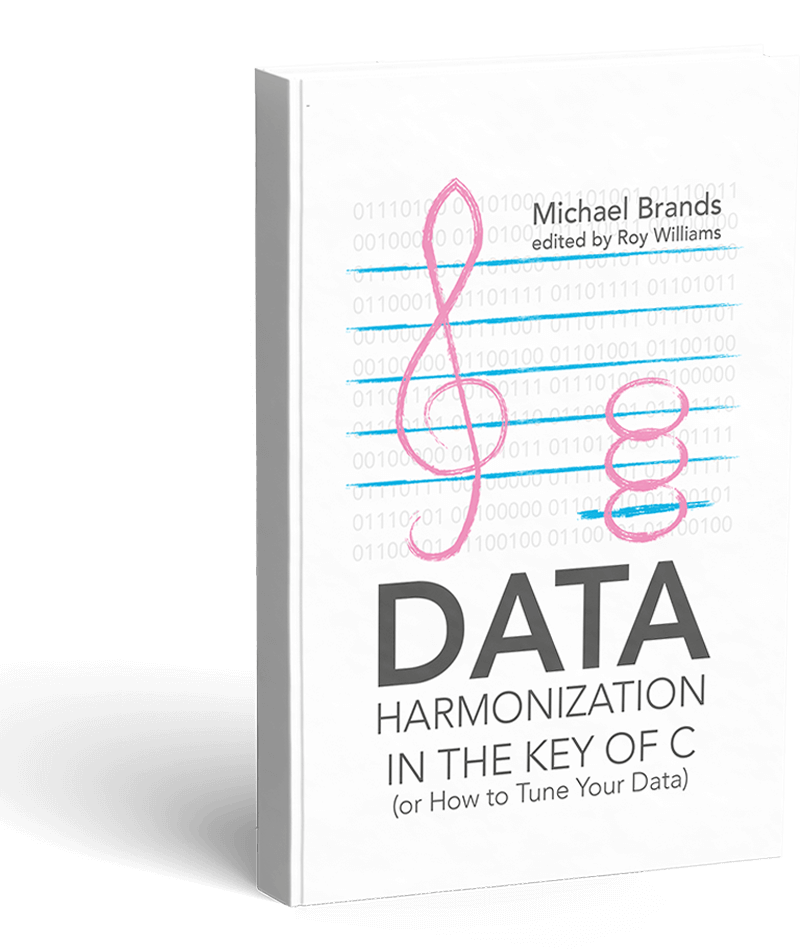Early in the pandemic, the hope was we could keep life moving if we could use data to distinguish those with and without Covid.
Logic said that if we could map the previous movements of people who went on to catch Covid, we could use that data to isolate those who had been in contact with them to protect the rest of society.
It was surely just a question of knowing the Who, What, Where, and When of people, and their contacts.
The technology was there in the form of mobile phone apps linked to QR codes for people to check in to venues. Later, GPS data in the form of an opt-in to contact tracing refined the system further.
GDPR compliance apart, it seemed like a good solution. Has it worked? Yes. And no. The law of unintended consequences.
In the UK people deleted the NHS Covid app because it’s ‘too sensitive’, eg: data from a phone in a neighbour’s house giving rise to false positives in alerts.
They talk of a ‘pingdemic’ – around 600,000 in one week – forcing people who have no contact with Covid being told to self-isolate for 10 days.
Result: Empty supermarket shelves because shop staff are isolating; rapid government policy change.
So, is the data wrong, the analytics, or the response? In trying to be the solution, does data become the problem?
